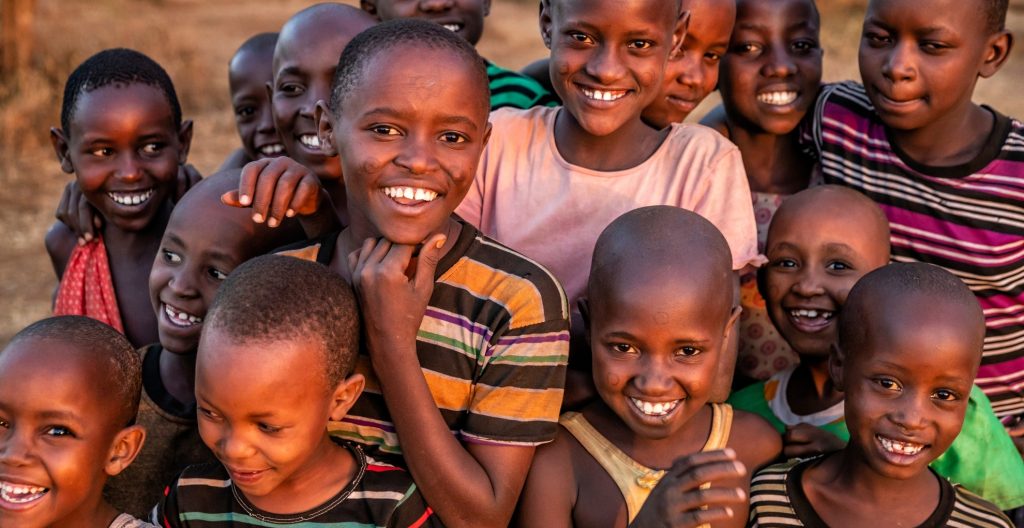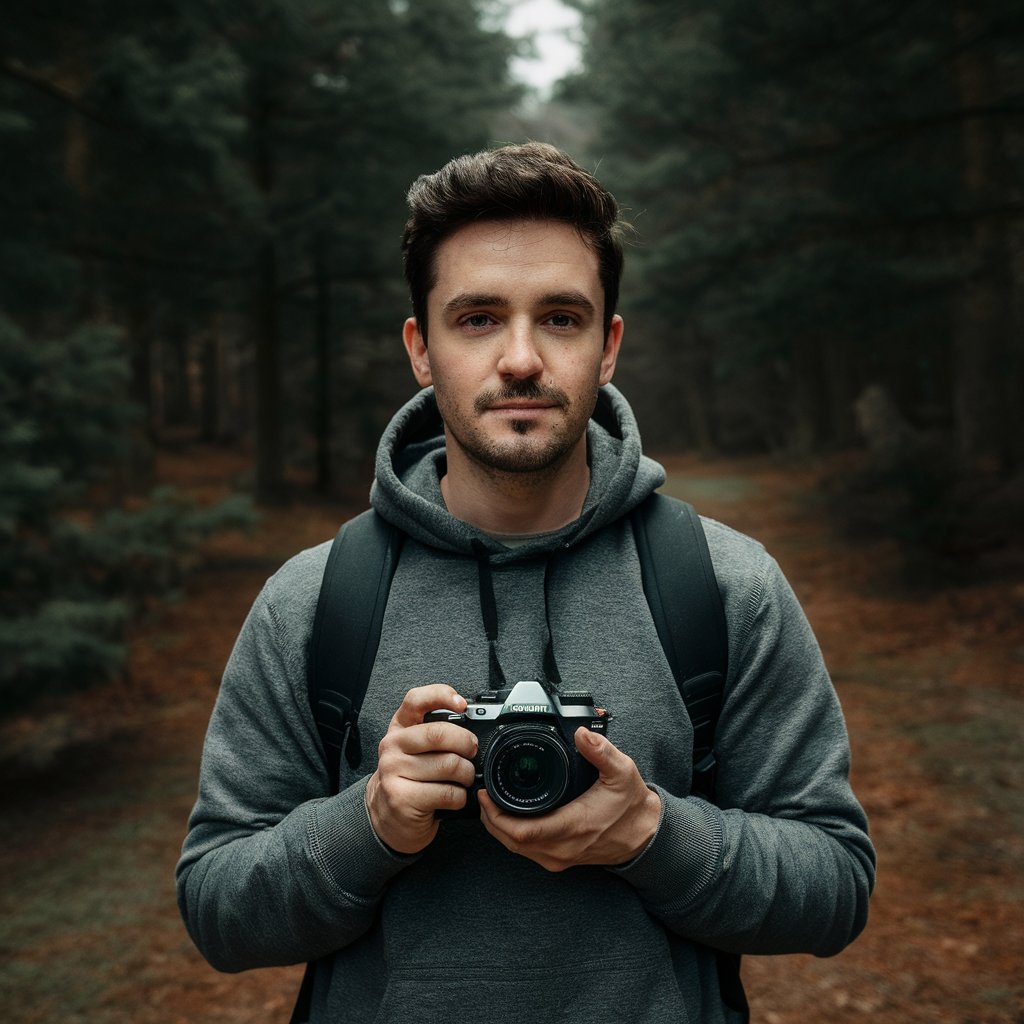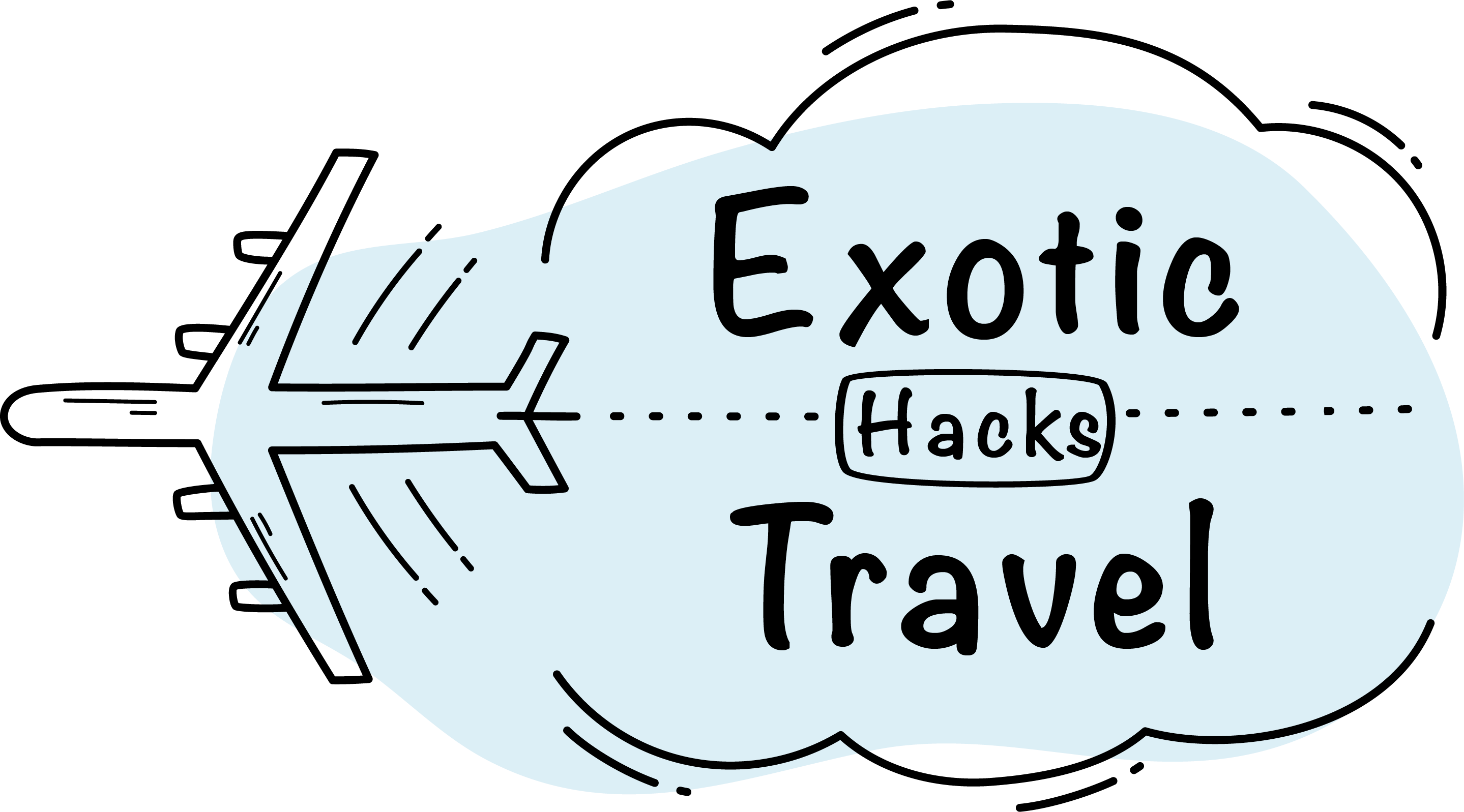Table of Contents
Africa isn’t just a destination – it’s 54 countries, thousands of cultures, and landscapes that redefine what’s possible on Earth. While tourists circle the same safari parks, Overlanding in Africa opens a continent of experiences impossible to access any other way. Here’s how to plan, prepare, and execute the journey of a lifetime across Africa’s vast horizons.
Choosing Your Route: The Decisions That Define Everything
The classic Cape Town to Cairo route represents overlanding’s ultimate challenge, but experienced travelers often prefer regional deep-dives that allow cultural immersion over country-counting. Consider these proven routes:
The West Africa Circuit from Morocco through Mauritania, Senegal, Guinea, and up to Ghana offers cultural riches unmatched elsewhere – ancient trading cities, pristine beaches, and musical traditions that birthed blues and jazz. This route sees perhaps 5% of the visitors of East Africa despite offering equally spectacular experiences.
The East Africa Highlands route connecting Ethiopia, Kenya, Tanzania, and Rwanda provides diversity impossible elsewhere – from Ethiopia’s rock-hewn churches to Rwanda’s misty volcanoes. This altitude-focused journey avoids the worst heat while accessing landscapes few safari-goers ever witness.
Southern Africa’s Desert Circuit linking Namibia, Botswana, and Zimbabwe offers self-drive possibilities suitable for first-time overlanders. The established infrastructure and relatively straightforward border crossings make this ideal for testing your overlanding abilities before attempting more challenging regions.
Vehicle Truths: Choosing Your Home on Wheels
Your vehicle becomes your home, your security, and often your lifeline. The perfect overlanding vehicle balances reliability, repairability, and capability without unnecessary complications. Forget the Instagram-ready rigs with every conceivable accessory – experienced overlanders prioritize different qualities.
Toyota Land Cruisers (particularly the 70-Series) dominate African Overlanding for good reason. Their mechanical simplicity means repairs can happen anywhere with basic tools. The widespread Toyota network across Africa ensures parts availability even in remote regions. Land Rover Defenders offer similar advantages, though parts availability varies by region.
Whatever vehicle you choose, modifications should focus on essentials: enhanced cooling systems for desert crossings, dual battery systems with solar backup, comprehensive suspension upgrades, and water/fuel storage appropriate for your route’s longest stretches between supplies. Everything else is luxury, not necessity.
For those unable to ship their vehicle, numerous operators offer fully-equipped rental 4x4s with roof tents in major hubs like Johannesburg, Nairobi, and Windhoek. These provide turnkey solutions without the complexity of vehicle importation.
The Border Reality: Preparation Meets Patience
African borders range from swift and efficient (Botswana) to legendarily challenging (DRC). Success requires advanced preparation and infinite patience. Establish a border routine – organize documentation consistently, assign team roles for paperwork and vehicle inspection, and always maintain a respectful, unhurried approach regardless of frustrations.
Essential documentation includes carnets de passage (vehicle passports) for many countries, international driving permits, vehicle registration and insurance papers, and multiple passport copies. Store originals and copies separately, with digital backups accessible from the cloud.
Border timing makes an enormous difference – arriving early morning means officials are fresh rather than fatigued from a day of processing. Never attempt border crossings late in the day when officials are preparing to close. Research border-specific details through recent overlander reports on platforms like iOverlander or the Horizons Unlimited HUBB forum.
Security Considerations: Smart Rather Than Scared
Africa’s security situation varies dramatically by region and changes frequently. Rather than broad generalizations, successful overlanders gather current, specific information through multiple channels: diplomatic advisories (though these tend toward excessive caution), local contacts, recent overlander reports, and professional security services when necessary.
Basic security practices apply continent-wide: avoid night driving, research safe accommodation options in advance, maintain situational awareness in urban areas, and keep vehicle security tight. Most importantly, develop trust networks along your route – local contacts who provide current ground truth about conditions ahead.
For particularly challenging regions like parts of the Sahel, consider teaming up with other overlanders to travel in convoy. Many experienced overlanders use satellite trackers with emergency response services like Garmin inReach, providing global communication and emergency assistance regardless of cell coverage.
The Water Equation: Desert Crossing Fundamentals
Water management defines the overlanding experience across Africa’s vast dry regions. Calculate requirements based on 5-10 liters per person per day for drinking, cooking, and basic hygiene. Then add a 50% safety margin for unexpected delays or mechanical issues.
Water storage should utilize multiple containers rather than a single large tank – this prevents catastrophic loss if one container fails. Mark containers clearly to distinguish potable from non-potable supplies. Water purification redundancy proves critical – carry multiple purification methods including filters, chemical treatments, and boiling capability.
Desert routes require careful planning around known water sources. Document reliable wells, settlements, and refill opportunities on your maps, and verify their current status through recent traveler reports before committing to remote stretches.
Navigation Beyond GPS: When Technology Fails
GPS and digital mapping have revolutionized African overlanding, but successful travelers maintain multiple navigation systems. Paper maps remain essential, particularly government topographic maps showing terrain features, tracks, and water sources not marked on commercial maps.
Regional knowledge trumps technology – learn to read landscapes for navigation clues. In desert regions, understand how wind direction shapes dunes, making some directions more navigable than others. In savanna, game trails often indicate routes to water. These skills prove invaluable when technology inevitably fails.
Critical navigation waypoints should be shared across multiple devices and formats. Many experienced overlanders maintain GPS coordinates in three places: primary GPS unit, backup handheld unit, and written in a waterproof notebook. When crossing, particularly remote areas, pre-arrange check-in schedules with contacts outside the region who can initiate assistance if you fail to report.
Community Connections: The True Overlanding Experience
The richest overlanding experiences come through meaningful community interactions far from tourist routes. These connections require time, cultural sensitivity, and often advanced preparation. Successful overlanders build in flexibility to extend stays when compelling opportunities arise.
When visiting remote communities, always seek permission from local authorities – typically village chiefs or elders. Bring appropriate gifts based on local needs (medical supplies, school materials, or practical items rather than candy or trinkets). Photography requires explicit permission, particularly in traditional communities.
Learn at least basic greetings in major regional languages – French serves across much of West and Central Africa, while Swahili opens doors throughout East Africa. These small linguistic efforts demonstrate the respect that transforms interactions from transactional to personal.

Mechanical Self-Reliance: The Skills That Save Journeys
Vehicle breakdowns in remote regions can end journeys or merely add to their stories – the difference lies in your preparedness. Basic mechanical skills prove essential: changing tires in difficult conditions, diagnosing electrical issues, performing fluid changes, and assessing driveline problems.
Carry appropriate spares based on your vehicle’s vulnerabilities and your route’s remoteness. Critical spares include fan belts, radiator hoses, fuel filters, essential fuses, tire repair materials, CV joints/axles, and basic electrical components. For extended remote travel, consider more substantial components like alternators or starter motors.
The Overlander’s toolkit balances comprehensiveness against weight constraints. Quality trumps quantity – invest in professional-grade basic tools rather than comprehensive cheap sets. Include specialized tools specific to your vehicle, particularly those needed for common trail repairs.
Health Management in Remote Regions
Medical self-sufficiency becomes critical when days or weeks separate you from formal healthcare. Beyond standard first aid, experienced overlanders carry broader medical kits including prescription medications (obtained with physician guidance), extensive wound care supplies, and region-specific medications like antimalarials.
Preventative measures outweigh treatment capabilities. Consistent antimalarial protocols, strict food and water discipline, and appropriate vaccinations prevent the most common serious issues. Research region-specific health concerns along your route and prepare accordingly.
For true emergencies, evacuation planning proves essential. Establish relationships with evacuation services appropriate to your route before departure, understanding their coverage areas, response capabilities, and activation procedures. Many overlanders carry satellite communications devices specifically for emergencies beyond cell coverage.
The Financial Reality of Long-Term Travel
African overlanding costs vary dramatically based on travel style, regions visited, and time on the road. Budget-conscious travelers can manage $30-50 daily per person (excluding major vehicle repairs) by wild camping, self-catering, and avoiding expensive activities. Mid-range travelers spending $75-100 daily access occasional lodges, restaurant meals, and select guided experiences.
The largest expenses beyond daily costs include insurance (vehicle, health, and evacuation), visas (ranging from free to several hundred dollars depending on nationality), border fees, and unexpected vehicle repairs. Build significant contingency funds – experienced overlanders recommend 25-30% beyond calculated expenses.
Currency management across multiple countries requires planning. Carry US dollars in various denominations (particularly crisp, new $100 bills for visa payments), maintain multiple ATM cards accessing different accounts, and research currency conversion options for each border crossing. Many remote regions operate exclusively in cash, making secure storage solutions essential.
Beyond the Journey: The Future of African Overlanding
Africa’s Overlanding landscape continues evolving, with infrastructure development opening previously challenging regions while increasing tourism impacts others. The most forward-thinking travelers now incorporate conservation and community development into their journeys, supporting initiatives along their routes.
Organizations like the Overlanding Association increasingly coordinate with conservation groups to ensure responsible travel through sensitive ecosystems. Many overlanders now document wildlife sightings through citizen science programs, transforming tourism into valuable conservation data.
The ultimate African overlanding experience isn’t measured in kilometers covered or countries visited, but in transformative moments impossible to access any other way: sleeping under stars in the Sahara with nomadic guides, tracking desert elephants across Namibia’s Damaraland, or sharing meals with families in Ethiopia’s Omo Valley. These experiences, far beyond the reach of conventional tourism, represent the true promise of overland travel across this extraordinary continent.

I’m Garrett, a seasoned photojournalist with a passion for uncovering the world’s hidden treasures. My journey is fueled by a deep curiosity for diverse cultures and breathtaking landscapes. When I’m not behind the lens capturing the world’s wonders, you can find me exploring underwater realms or sharing my passion for discovery with my two adventurous children.




